What do you call someone from Rio de Janeiro?
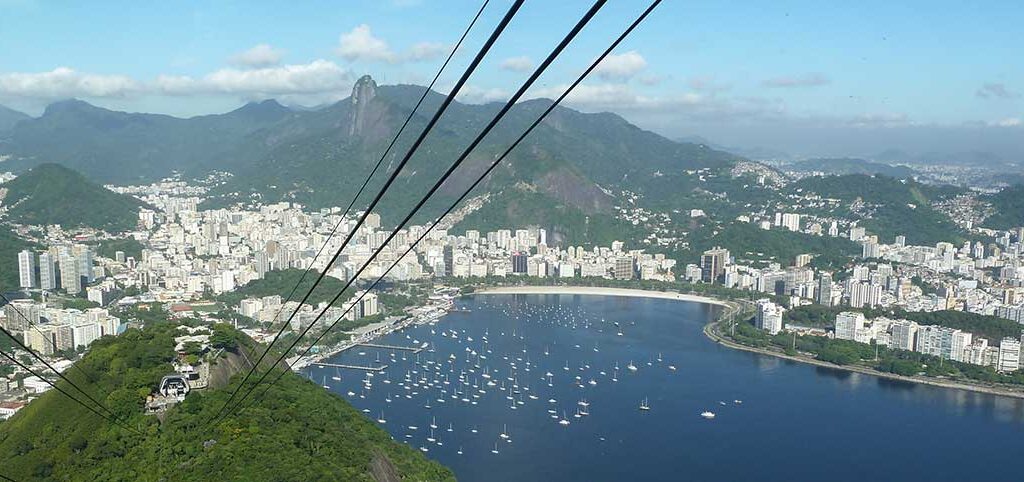
Welcome to the vibrant city of Rio de Janeiro, where culture, music, and breathtaking landscapes come together to create a unique melting pot of experiences. As you immerse yourself in the lively streets and embrace the local way of life, you may find yourself wondering, what do you call someone from Rio de Janeiro? Well, hold on to your sun hats because we’re about to dive into the fascinating world of Cariocas – the term used to describe the spirited inhabitants of this coastal paradise.
Whether you’re strolling along the iconic Copacabana beach, sipping on a refreshing caipirinha, or dancing to the infectious beats of samba, you’ll soon discover that being a Carioca is more than just a geographical label – it’s a state of mind. So, let’s unravel the essence of being a Carioca and discover what makes these passionate individuals so special. Get ready to fall in love with the charm and charisma of the people from Rio de Janeiro!
Understanding the culture and identity of Rio de Janeiro
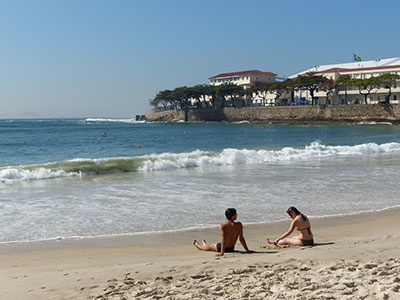
Rio de Janeiro is a city renowned for its vibrant culture and strong sense of identity. The people of Rio, known as Cariocas, have a unique way of living that sets them apart from the rest of Brazil. The city’s rich history, diverse influences, and breathtaking landscapes have shaped the character of its inhabitants, making them proud ambassadors of their beloved city.
The culture of Rio de Janeiro is a beautiful fusion of various elements, including African, European, and Indigenous traditions. This blend is reflected in the music, dance, food, and overall way of life of the Cariocas. Samba, the infectious rhythm that pulses through the streets of Rio, is an integral part of Carioca culture. It is a dance of joy, passion, and celebration, embodying the spirit of the people and their love for life.
The identity of a Carioca goes beyond geographical boundaries. It is a mindset, a way of approaching life with a laid-back and carefree attitude. Cariocas are known for their warmth, friendliness, and zest for life. They embrace the beauty of their surroundings, taking advantage of the stunning beaches, hiking trails, and outdoor activities that Rio has to offer. For a Carioca, life is about enjoying the present moment and making the most of every opportunity.
Historical background and influences on the people of Rio de Janeiro
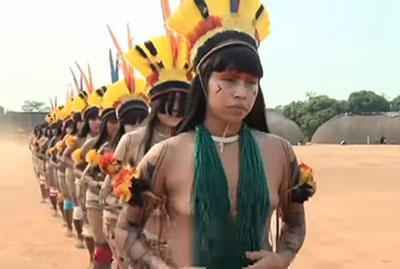
To truly understand the people of Rio de Janeiro, we must delve into the city’s historical background and the influences that have shaped its inhabitants. Rio de Janeiro was originally inhabited by indigenous tribes before the arrival of the Portuguese in the 16th century. The Portuguese colonization brought with it a mix of European customs and traditions, which blended with the local culture to create a unique identity.
Between the 16th and the 19th centuries, Brazil became a destination for African slaves, who were brought to work on the country’s plantations. Many of these slaves were transported to Rio de Janeiro, and their presence had a profound impact on the city’s culture. African traditions, music, and dance became an integral part of Carioca society, giving birth to the vibrant and rhythmic culture we see today.
During the 20th century, Rio de Janeiro experienced a period of rapid growth and urbanization. The city became a cultural hub, attracting artists, musicians, and intellectuals from all over the country. This influx of talent and creativity further enriched the cultural fabric of Rio, shaping the identity of its inhabitants and solidifying the city’s reputation as a center of artistic expression.
Common terms used to refer to the people of Rio de Janeiro

When it comes to referring to the people of Rio de Janeiro, the term “Carioca” is the most commonly used. This word originates from the Indigenous Tupi language and means “house of the white man” or “white man’s hut.” Over time, it has come to represent the people of Rio de Janeiro, regardless of their racial or ethnic background.
Another term often used to refer to the people of Rio is “Guanabarino.” This word derives from the Guanabara Bay, which is a defining geographical feature of the city. While way less commonly used than “Carioca,” “Guanabarino” is still recognized as a term for the inhabitants of Rio de Janeiro.
It is worth noting that the term “Carioca” is not only used to refer to individuals born and raised in Rio de Janeiro but also to anyone who embraces the Carioca way of life and identifies with the city’s culture and values. This inclusive nature of the term reflects the open-mindedness and acceptance that are characteristic of the people of Rio.
Stereotypes and misconceptions about the people of Rio de Janeiro
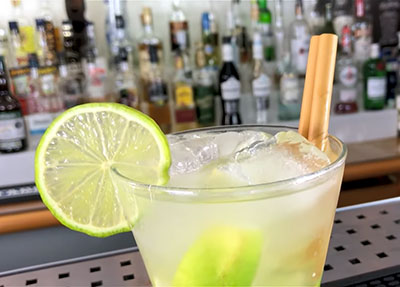
Like any other place, Rio de Janeiro is not immune to stereotypes and misconceptions. It is important to recognize that these generalizations often fail to capture the true essence of the city and its people. One common stereotype is that all Cariocas spend their days lounging on the beach, sipping cocktails, and dancing to samba. While leisure and enjoyment are indeed valued, Cariocas also lead busy lives, work hard, and face the same challenges as people in any other city.
Another misconception is that the people of Rio de Janeiro are carefree to the point of negligence. While it is true that Cariocas have a relaxed approach to life, this should not be mistaken for laziness or lack of ambition. In reality, Cariocas are known for their resilience, adaptability, and resourcefulness in the face of adversity. They face the daily challenges of living in a vibrant yet complex city with determination and a positive attitude.
It is also important to dispel the notion that all Cariocas are involved in the Carnival festivities and live a party lifestyle year-round. While Carnival is undoubtedly a significant event in the city’s calendar, many Cariocas choose to celebrate in their own unique ways. Some prefer smaller, more intimate gatherings with family and friends, while others engage in cultural activities or simply take the opportunity to relax and recharge.
A closer look at the diverse population of Rio de Janeiro
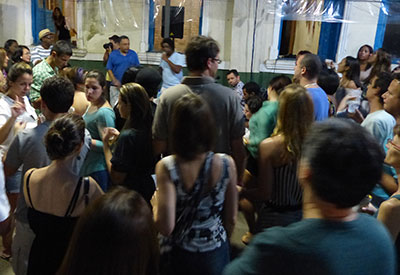
One of the remarkable aspects of Rio de Janeiro is its diverse population. The city is home to people from all walks of life, with a rich tapestry of ethnic, cultural, and socioeconomic backgrounds. This diversity is a testament to the city’s history and its ability to attract people from different regions of Brazil and around the world.
The majority of Cariocas are of mixed-race heritage, reflecting the blending of Indigenous, European, and African cultures. This diverse ancestry has shaped the physical features, traditions, and customs of the people of Rio de Janeiro. It is not uncommon to see individuals with a wide range of skin tones, hair textures, and facial features, creating a beautiful mosaic of human diversity.
In addition to the multicultural heritage of the local population, Rio de Janeiro also attracts a significant number of immigrants from various countries. The city is known for its vibrant expat community, with individuals from countries such as Portugal, Italy, Argentina, France, and the United States choosing to make Rio their home. This international influence adds yet another layer of diversity to the city’s already rich cultural tapestry.
Famous individuals from Rio de Janeiro and their contributions

Rio de Janeiro has been the birthplace of many influential individuals who have left an indelible mark on the world. From musicians and artists to athletes and politicians, these famous Cariocas have contributed to the city’s cultural, artistic, and political landscape.
One of the most iconic figures hailing from Rio de Janeiro is the legendary musician and composer, Antonio Carlos Jobim. Known as the father of bossa nova, Jobim’s music has captivated audiences around the globe with its soothing melodies and poetic lyrics. Songs like “The Girl from Ipanema” and “Corcovado” have become timeless classics, forever associated with the beauty and romance of Rio de Janeiro.
Another famous Carioca is Carmen Miranda, the Brazilian actress, and singer who rose to international fame in the 1940s. With her vibrant personality, colorful costumes, and distinctive headwear, Miranda became a symbol of Brazilian culture and helped popularize samba music worldwide. She was born in Portugal and was brought to live in Rio de Janeiro went she way a toddler.
Celebrations and traditions unique to the people of Rio de Janeiro
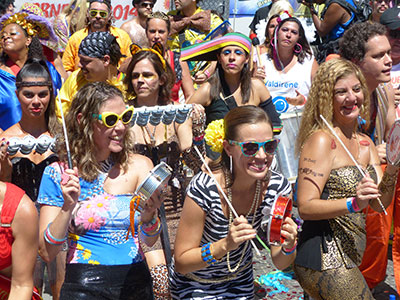
The people of Rio de Janeiro are known for their love of celebrations and vibrant traditions. One of the most famous and anticipated events is Carnival, a five-day extravaganza of music, dance, and colorful parades. During Carnival, the city comes alive with energy as locals and visitors alike take to the streets to celebrate and indulge in the festivities. Samba schools, which are community-based organizations dedicated to preserving and promoting samba culture, play a central role in the Carnival celebrations. The elaborate costumes, intricate floats, and infectious rhythms create an unforgettable experience that showcases the passion and creativity of the Cariocas.
Another tradition in Rio de Janeiro is the “festa junina” or June festival. This celebration takes place during the winter months in Brazil and is a homage to the country’s rural and agricultural heritage. The festival features traditional music, dance, and food, with people dressing up in colorful costumes and participating in lively quadrilha dances. It is a time to celebrate Brazilian folklore, indulge in delicious treats like “pamonha” and “canjica,” and enjoy the company of friends and family.
How the people of Rio de Janeiro view their own identity

For the people of Rio de Janeiro, being a Carioca is a source of pride and a defining aspect of their identity. Cariocas view themselves as a unique breed, possessing a distinct set of values and characteristics that set them apart from other Brazilians. They take great pride in their city, its natural beauty, and the vibrant culture that permeates every aspect of daily life.
Being a Carioca means embracing diversity, accepting differences, and finding joy in the simple pleasures of life. It means dancing to the rhythm of samba, enjoying the sunshine on the city’s stunning beaches, and savoring the flavors of Brazilian cuisine. Cariocas are known for their warmth, hospitality, and ability to make anyone feel welcome in their city.
Despite the challenges and inequalities that exist in Rio de Janeiro, the people remain resilient and optimistic. They have a strong sense of community, rallying together in times of need and supporting one another. This sense of unity and solidarity is a testament to the spirit of the Cariocas and their unwavering love for their city.
Conclusion: Embracing the diversity and spirit of the people of Rio de Janeiro
In conclusion, the people of Rio de Janeiro, known as Cariocas, are a vibrant and diverse community that embodies the spirit of their city. From their rich cultural heritage and unique way of life to their contributions to art, music, and sports, Cariocas are a source of pride for all Brazilians.
The term “Carioca” goes beyond a mere geographical label. It represents a state of mind, a way of approaching life with joy, warmth, and an appreciation for the present moment. Cariocas are proud of their city, its cultural richness, and the breathtaking landscapes that surround them.
So, the next time you find yourself in the enchanting city of Rio de Janeiro, take a moment to immerse yourself in the vibrant culture and embrace the Carioca way of life. Dance to the infectious rhythms of samba, savor the flavors of Brazilian cuisine, and let the charm and charisma of the people of Rio de Janeiro captivate your heart. Become a Carioca, even if just for a moment, and experience the magic that this coastal paradise has to offer.